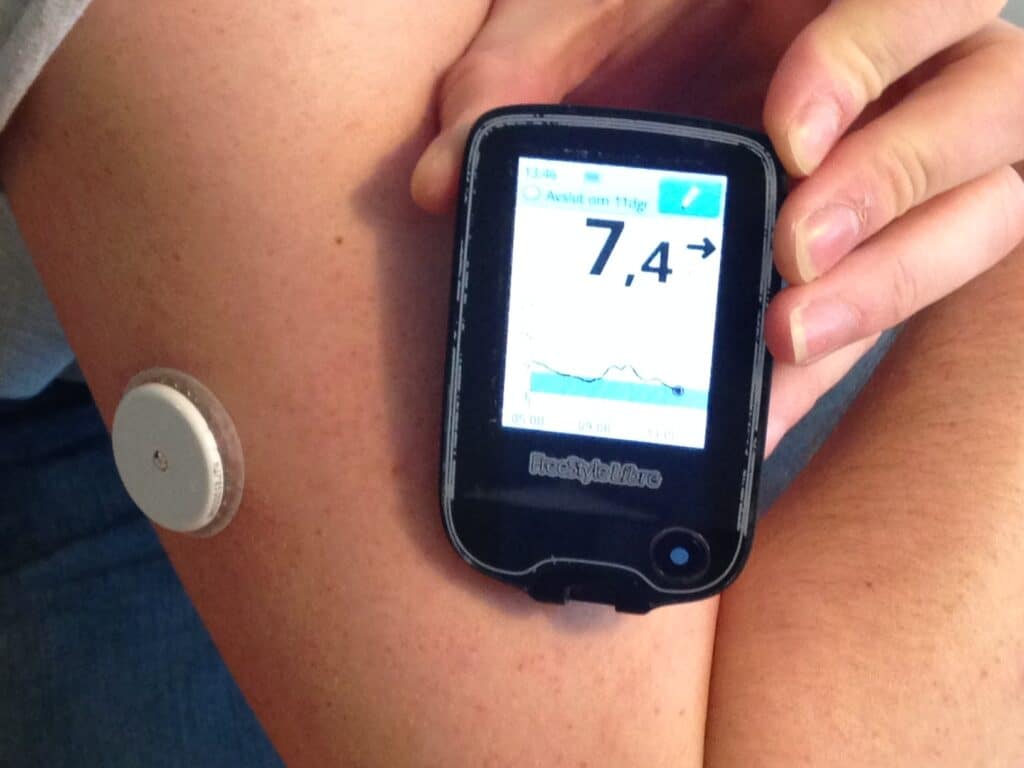Growth Landscape of the Glucose Sensor Market
The global market for glucose sensors is poised for substantial expansion, witnessing a significant upsurge, according to a recent market analysis.
Projected to generate approximately US$ 7,588 million in revenue by the conclusion of 2022, the market is slated for an impressive Compound Annual Growth Rate (CAGR) of 8.6% from 2022 to 2032. This surge is expected to elevate the market value to US$ 16,382 million by 2032.
Paving the Way for Technological Advancements
The landscape of the global glucose sensor market is evolving rapidly, marked by advancements offering heightened accuracy and precision.
Patients, enticed by the non-invasive and painless nature of these devices, are increasingly embracing their utilization for monitoring blood glucose levels. This trend is set to fuel the expansion of glucose sensor devices throughout the forecast period. Please fill out the form if you or a friend would like more information on glucose monitors.
The projected rise in both diabetic patients and awareness regarding blood sugar monitoring is a significant driving force behind the market’s growth trajectory. Furthermore, new product launches and escalating awareness about diabetes prevention strategies are contributing to the burgeoning demand for glucose sensors.
Regional Dynamics and Growth Prospects
The global market for glucose sensors spans seven major geographical regions: North America, Latin America, Eastern and Western Europe, Asia Pacific excluding Japan, Japan, the Middle East, and Africa.
North America currently dominates the market, with developed nations embracing glucose sensors, primarily due to their non-invasive nature. Meanwhile, the Asia Pacific market is anticipated to witness substantial growth, owing to the rapid evolution of healthcare infrastructure in the region.
Must Read CGMs in noncritical care hospitals optimizes glycemic control
Drivers and Challenges Shaping the Market
The prevalence of diabetes, designated as the seventh leading cause of death by the World Health Organization (WHO), has propelled the demand for glucose sensors.
Lifestyle changes contributing to increased diabetic cases worldwide further underscore the necessity for such devices. The preference for accurate and precise data provided by glucose monitoring sensors over conventional devices remains a prime driver for market growth.
However, the high cost of these glucose sensors compared to traditional glucose monitoring meters poses a notable challenge to market expansion.
Key Players and Glucose Sensor Market Analysis
Prominent players in the glucose sensor market include Abbott Diagnostics, Pinnacle Technologies Inc., 77 Elektronika KFT, Sanofi, Life Scan, Novo Nordisk A/S, Ypsomed, GlySens Inc., Medtronic, and Dexcom Inc.
Also, read about Health Disparities: CGM Technology for Underserved T2D Patients
Market Segmentation and Insights
The glucose sensor market segmentation is based on region, product type, technologies, and end-users:
By Product:
- Non-Invasive
- Optical Sensors
- Trans Dermal Sensors
- Minimally Invasive
- Micro pore/Micro needles
- Invasive
- Intravenous Implantable
- Microdialysis
- Subcutaneous Sensor
By Technologies:
- Photo Acoustic Spectroscopy
- Optical Coherence Tomography
- Polarimetry
- Fluorescence
- MIR Spectroscopy
- NIR Spectroscopy
- Impedance Spectroscopy
- Skin Suction Blister Technique
- Sonophoresis
- Reverse Iontophoresis
By End User:
- Hospitals
- Clinics
By Region:
- North America
- Latin America
- Europe
- East Asia
- South Asia
- Oceania
- Middle East & Africa
Read Guide about Wegovy Dosage Guide: The Best Way For Weight Loss
About Future Market Insights (FMI)
Future Market Insights, Inc. stands as a premier global provider of market intelligence, advisory services, consulting, and events across various industries.
With over 5000 analysts worldwide, FMI offers comprehensive insights and expertise in diverse domains and industry trends across more than 110 countries, catering to the Packaging, Food and Beverage, Consumer Technology, Healthcare, Industrial, and Chemicals markets.


